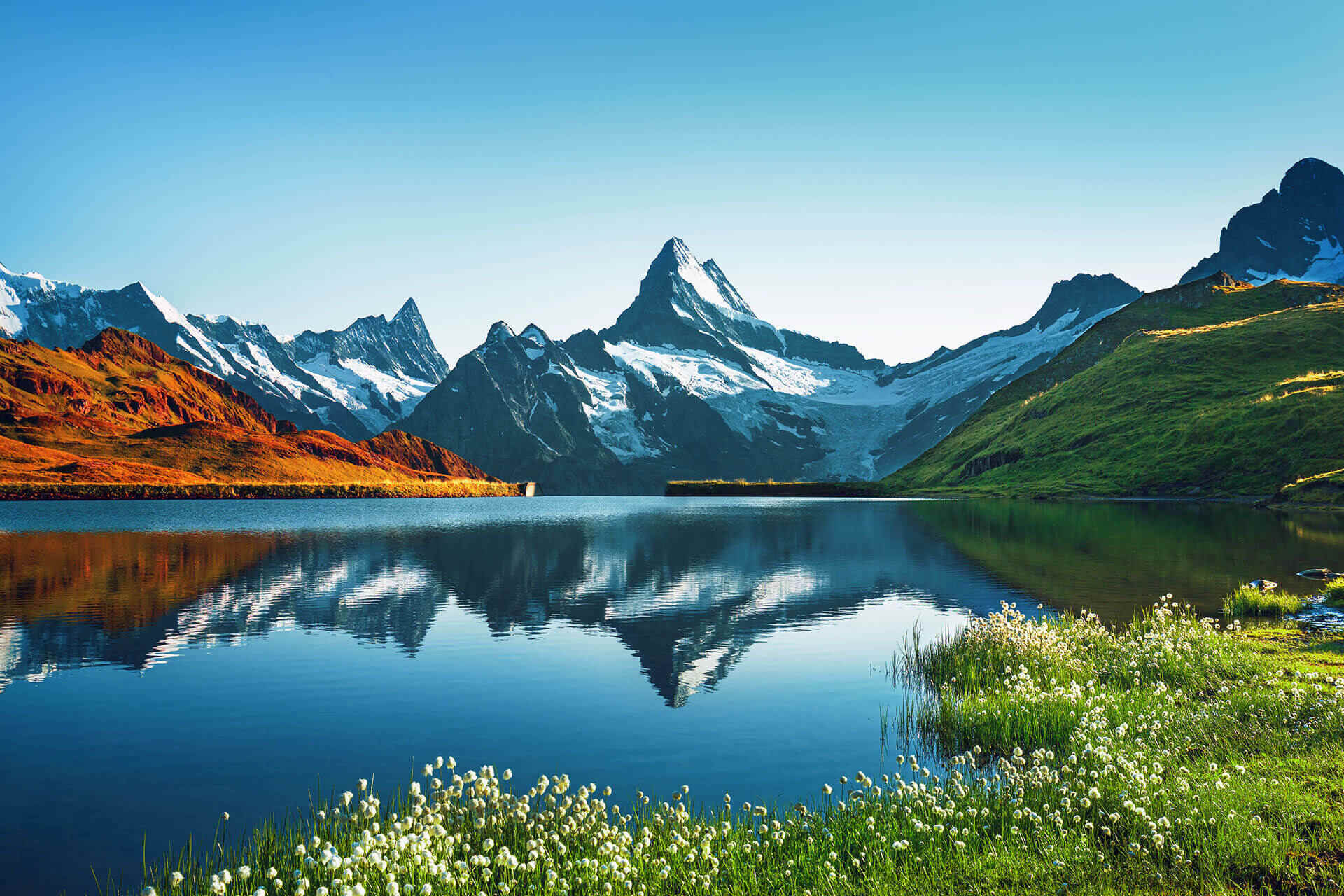
Breathtaking landscapes captivate our imaginations and inspire countless adventures. From towering mountains to serene beaches, these natural wonders offer a glimpse into the planet's diverse beauty. Did you know that the Amazon Rainforest produces 20% of the world's oxygen? Or that the Grand Canyon is over 277 miles long? These stunning locations not only provide awe-inspiring views but also play crucial roles in our ecosystem. Exploring these landscapes can be both educational and exhilarating. Whether you're a seasoned traveler or a curious learner, understanding the significance of these places can deepen your appreciation for the world around us. Let's dive into 25 fascinating facts about some of the most breathtaking landscapes on Earth.
Mountains: Majestic Peaks
Mountains have always captivated human imagination. Their towering heights and rugged beauty make them some of the most breathtaking landscapes on Earth.
- Mount Everest is the tallest mountain in the world, standing at 29,029 feet. Climbers from around the globe attempt to reach its summit each year.
- The Andes is the longest mountain range, stretching over 4,300 miles through seven South American countries.
- Mount Kilimanjaro in Tanzania is the highest free-standing mountain, rising 19,341 feet above sea level.
- The Alps are famous for their stunning beauty and are a popular destination for skiing and mountaineering.
- The Rocky Mountains span over 3,000 miles from Canada to New Mexico, offering diverse wildlife and scenic views.
Deserts: Expanses of Sand
Deserts may seem barren, but they hold unique beauty and fascinating ecosystems. These vast landscapes are more than just endless sand dunes.
- The Sahara Desert is the largest hot desert, covering 3.6 million square miles in North Africa.
- Antarctica is technically the largest desert, as it receives very little precipitation, despite being covered in ice.
- The Atacama Desert in Chile is the driest place on Earth, with some areas having never recorded rainfall.
- The Gobi Desert in Asia is known for its harsh climate and unique wildlife, including Bactrian camels.
- The Namib Desert in Namibia is one of the oldest deserts, with some parts dating back 55 million years.
Forests: Verdant Wilderness
Forests are the lungs of our planet, providing oxygen and shelter to countless species. Their lush greenery and diverse ecosystems make them truly breathtaking.
- The Amazon Rainforest is the largest tropical rainforest, spanning over 2.1 million square miles in South America.
- The Taiga or Boreal Forest is the largest terrestrial biome, stretching across North America, Europe, and Asia.
- The Black Forest in Germany is famous for its dense woods and picturesque villages.
- The Redwood National and State Parks in California are home to the tallest trees on Earth, some reaching over 350 feet.
- The Daintree Rainforest in Australia is one of the oldest rainforests, estimated to be around 180 million years old.
Waterfalls: Cascading Beauty
Waterfalls are nature's spectacles, where water plunges dramatically over cliffs, creating mesmerizing sights and sounds.
- Angel Falls in Venezuela is the world's highest uninterrupted waterfall, with a height of 3,212 feet.
- Niagara Falls straddles the border between the USA and Canada, attracting millions of visitors each year.
- Victoria Falls on the Zambezi River in Africa is one of the largest waterfalls, known locally as "The Smoke that Thunders."
- Iguazu Falls on the border of Argentina and Brazil consists of around 275 individual waterfalls.
- Yosemite Falls in California is the tallest waterfall in North America, with a total drop of 2,425 feet.
Islands: Isolated Paradises
Islands offer unique ecosystems and stunning landscapes, often isolated from the mainland. These paradises are perfect for exploration and relaxation.
- Greenland is the largest island in the world, though it is mostly covered in ice.
- Madagascar is known for its unique biodiversity, with many species found nowhere else on Earth.
- The Galápagos Islands inspired Charles Darwin's theory of evolution due to their diverse wildlife.
- Bora Bora in French Polynesia is famous for its turquoise waters and luxury resorts.
- Hawaii is a volcanic archipelago with lush landscapes, beautiful beaches, and active volcanoes.
Nature's Wonders Await
Breathtaking landscapes offer more than just pretty views. They tell stories of Earth's history, showcase diverse ecosystems, and provide a haven for countless species. From the towering peaks of the Himalayas to the vast expanse of the Sahara Desert, each landscape holds unique secrets and beauty. Exploring these natural wonders not only enriches our knowledge but also deepens our appreciation for the planet. Whether you're a seasoned traveler or an armchair explorer, there's always something new to learn and admire. So, next time you see a stunning photo or visit a new place, take a moment to think about the incredible forces that shaped it. Nature's wonders are all around us, waiting to be discovered and cherished. Keep your curiosity alive and continue to marvel at the world’s breathtaking landscapes.
Was this page helpful?
Our commitment to delivering trustworthy and engaging content is at the heart of what we do. Each fact on our site is contributed by real users like you, bringing a wealth of diverse insights and information. To ensure the highest standards of accuracy and reliability, our dedicated editors meticulously review each submission. This process guarantees that the facts we share are not only fascinating but also credible. Trust in our commitment to quality and authenticity as you explore and learn with us.


